Soaring to New Heights: Guide to Elevator Modernization
Elevator modernization is an essential aspect of maintaining and enhancing a building’s infrastructure. This comprehensive guide will delve into the importance of elevator modernization, the process, and the future of elevator technology. We will also discuss the costs, techs, benefits, and scope of work involved.
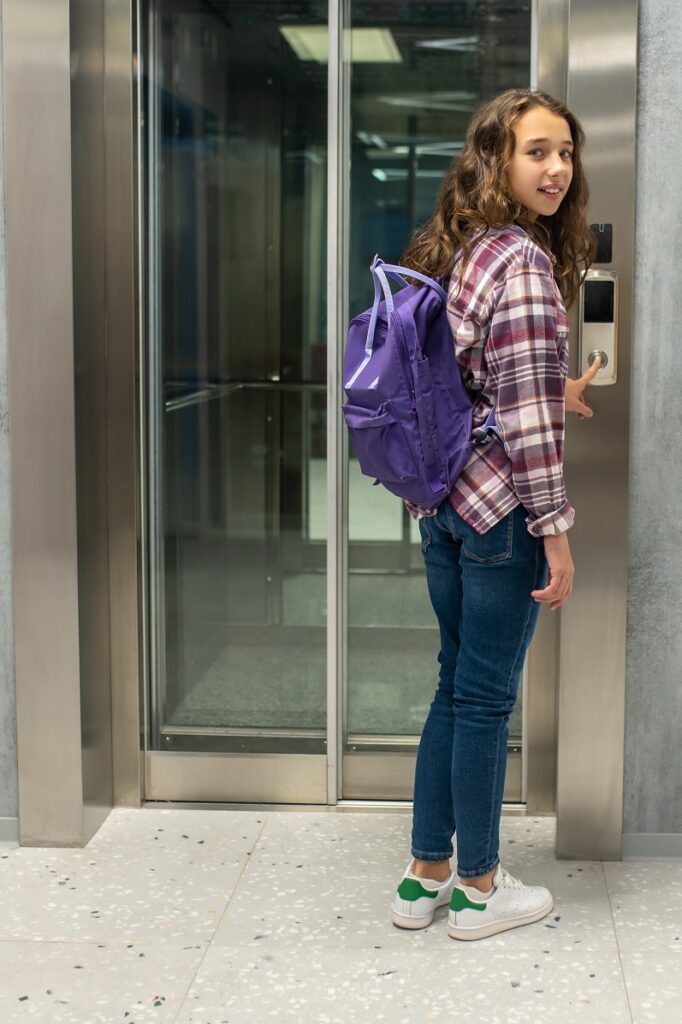
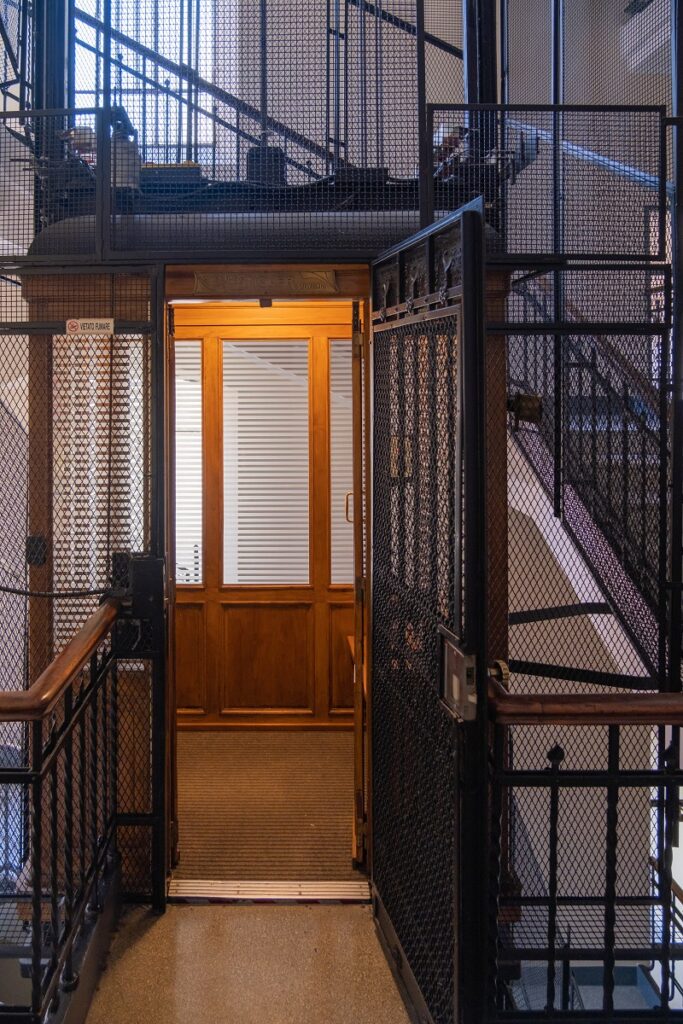
Why is Elevator Modernization Important?
Elevator modernization is crucial for several reasons:
- Safety: Upgrading outdated systems reduces the risk of accidents and malfunctions, ensuring the well-being of passengers.
- Efficiency: Improved performance leads to reduced waiting times and increased energy efficiency.
- Compliance: Modernization ensures elevators meet current building codes and industry regulations.
- Property Value: A well-maintained elevator system adds value to a building, making it more attractive to potential buyers or tenants.
How Often Do Elevators Need to be Modernized?
The frequency of elevator modernization depends on several factors, including:
- Elevator age: Older systems may require more frequent updates to stay in compliance with current regulations and technology standards.
- Usage: Elevators that experience heavy traffic may need modernization sooner than those with lighter use.
- Maintenance: A well-maintained elevator system will likely need modernization less frequently than a poorly maintained one.
Generally, elevators should be considered for modernization every 20 to 25 years. However, this timeline may vary based on the factors mentioned above.
Selecting a New Lift Brand for Unupgradable Systems
If the installed lift cannot be modernized by the same brand, building owners have several options to ensure they get the best possible solution for their vertical transportation needs. Here are a few steps to follow:
- Assess the current lift system: Before deciding on a new brand, it’s crucial to evaluate the existing lift system’s performance, age, and condition. This assessment will help determine the extent of modernization required and whether a complete replacement is necessary.
- Research alternative lift brands: Explore various lift brands and the modernization solutions they offer. Look for brands that have a proven track record in modernizing lifts similar to your current system. Pay attention to their expertise in energy efficiency, smart technologies, safety and security, accessibility, and aesthetics.
- Consult with industry experts: Engage professionals such as lift consultants or engineers to provide guidance on the best course of action. They can help you compare different brands and modernization options, ensuring that you choose the right solution for your building’s specific requirements.
- Request proposals and quotes: Reach out to several lift brands and request proposals and quotes for the modernization project. This will allow you to evaluate the costs, timelines, and scope of work involved with each option.
- Prioritize compatibility: When selecting a new brand, it is essential to ensure compatibility with the existing lift infrastructure, such as the shaft, machine room, and control systems. This will minimize potential disruptions and additional costs during the modernization process.
- Consider maintenance and support: When choosing a new brand, assess the availability and quality of their maintenance and support services. It’s crucial to select a brand with a strong local presence to ensure timely and efficient servicing of the modernized lift system.
| S.No. | Brand Name | Origin | Parent Company | Notable Modernization Products |
|---|---|---|---|---|
| 1 | Otis | United States | Otis Worldwide Corporation | Gen2, SkyRise, HydroFit |
| 2 | KONE | Finland | KONE Corporation | MonoSpace, MiniSpace, TranSys |
| 3 | Schindler | Switzerland | Schindler Group | 3300, 5500, 7000 |
| 4 | Thyssenkrupp | Germany | Thyssenkrupp AG | TWIN, evolution, synergy |
| 5 | Mitsubishi Electric | Japan | Mitsubishi Electric Corp. | NEXIEZ, Elenessa, ELEPAQ-i |
| 6 | Fujitec | Japan | Fujitec Co., Ltd. | Newave, Sky U, F-3000 |
| 7 | Hitachi | Japan | Hitachi, Ltd. | HF-1, HF-2, ELEPULSAR |
| 8 | Toshiba | Japan | Toshiba Elevator and Building Systems Corp. | SPACEL, ELCOSMO, VELLEX |
What is the Future Technology for Elevators?
The elevator industry is constantly evolving, with new technologies improving efficiency and user experience. One such innovation is the BAS-IP EVRC-IP Intercom Lift Controller. This advanced system enables two-way communication between a building’s elevator or lift and the intercom units, providing enhanced security and convenience.
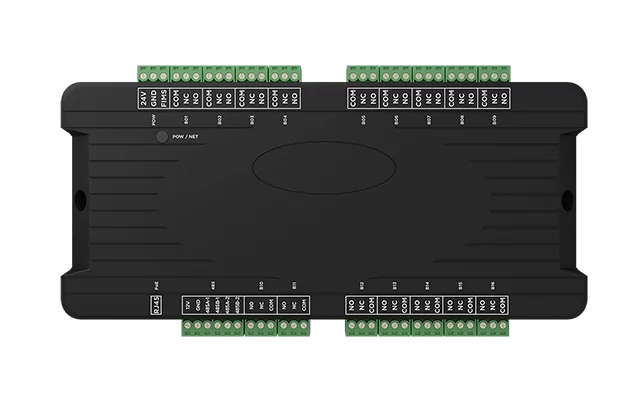
Some other emerging elevator technologies include:
- Ropeless elevators: These systems utilize magnetic levitation to move elevators horizontally and vertically, opening up new possibilities for building design and layout.
- Smart elevators: These systems use artificial intelligence to optimize elevator performance, reducing wait times and energy consumption.
- Energy recovery: Some elevators are being designed to capture and reuse energy generated during operation, further improving efficiency.
How Long Does Elevator Modernization Take?
The duration of elevator modernization varies based on the scope of work and the specific upgrades being implemented. A simple upgrade, such as installing new controls, may take only a few days. However, more comprehensive modernization projects, such as replacing the entire elevator system, can take several weeks or even months.
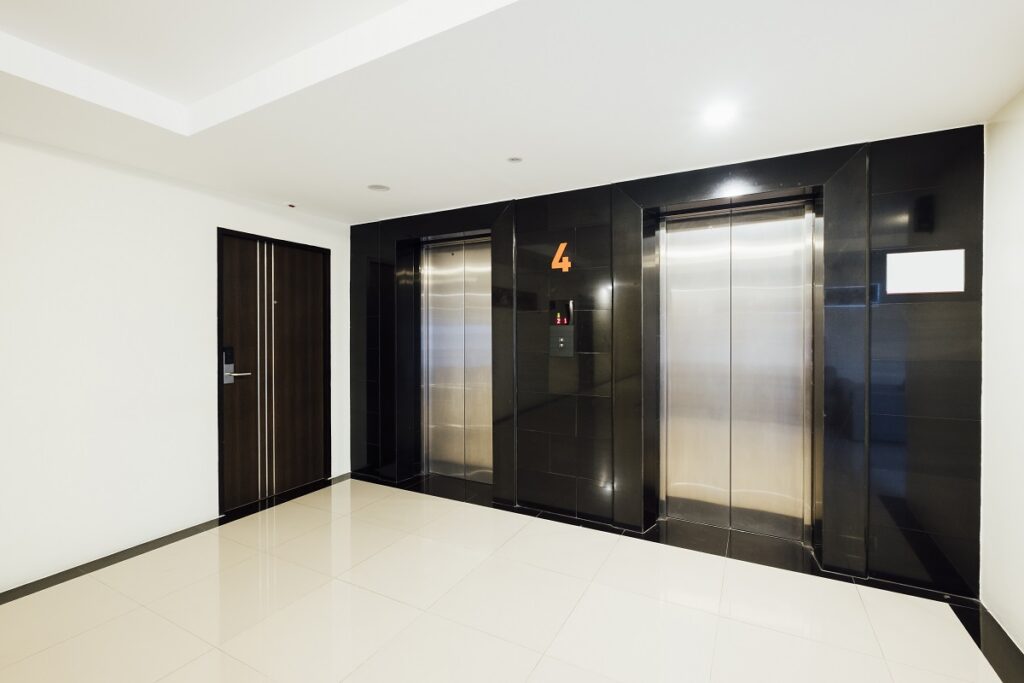
Elevator Modernization Scope of Work
The scope of work for elevator modernization typically includes:
- Replacing outdated components, such as the control system, motor, and drive.
- Upgrading safety features, like door sensors and emergency communication systems.
- Enhancing aesthetics through cabin renovations and new fixtures.
A critical aspect of elevator modernization is the replacement of the elevator intercom system. Modern IP lift intercoms, like the BAS-IP system, offer significant advantages over traditional intercoms, such as:
- Improved audio and video quality.
- Enhanced security with video surveillance capabilities.
- Integration with building access control and security systems.
- Remote monitoring and management through internet connectivity.

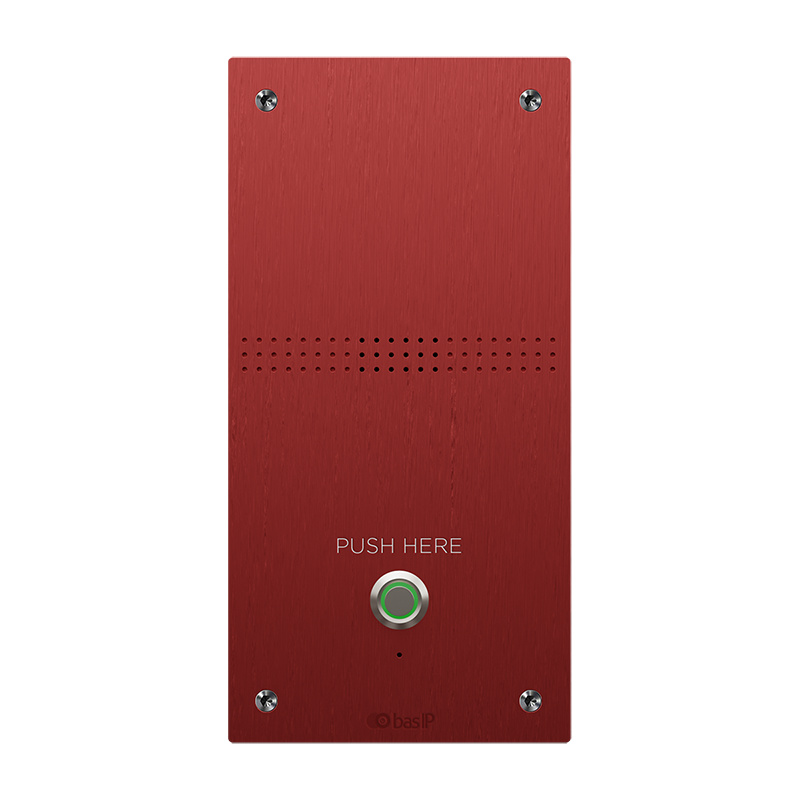
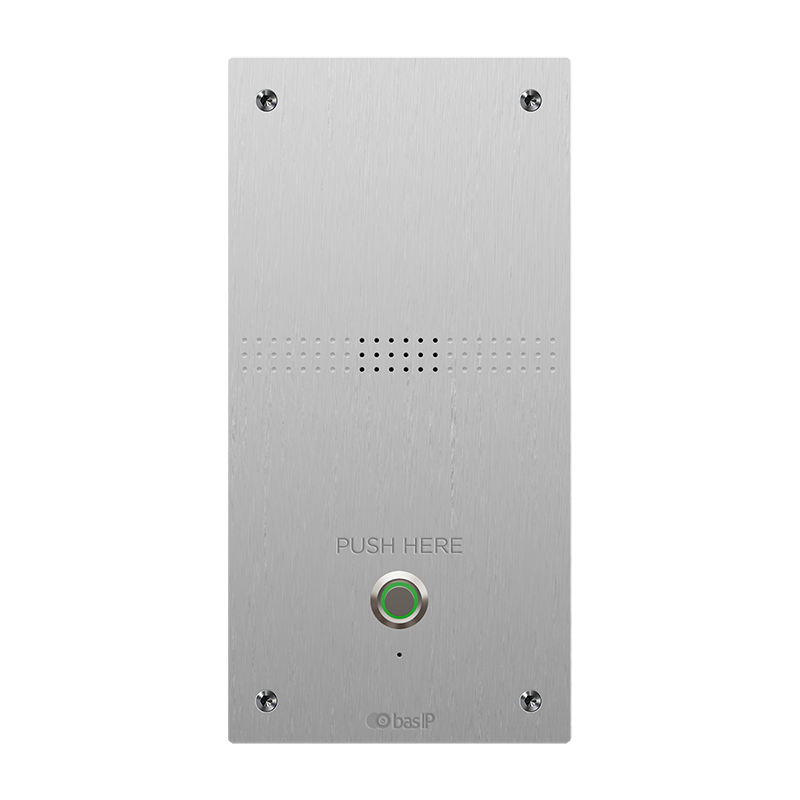
Benefits of Elevator Modernization
Elevator modernization offers numerous benefits, including:
- Improved safety: Upgrading outdated components and systems ensures that elevators comply with current safety standards, reducing the risk of accidents.
- Enhanced performance: Modernized elevators are more efficient, providing shorter wait times and smoother rides.
- Increased energy efficiency: Newer technologies reduce energy consumption, resulting in cost savings and a smaller environmental footprint.
- Compliance with regulations: Ensuring elevators meet the latest building codes and industry standards helps avoid fines and potential legal issues.
- Higher property value: A well-maintained and modernized elevator system increases the overall value of a building, making it more attractive to potential buyers or tenants.
Elevator Modernization Cost
The cost of elevator modernization varies depending on the scope of work, the type of elevator, and the specific upgrades being implemented. Some common factors that influence the cost include:
- The number of elevators in a building.
- The complexity of the elevator system.
- The types of components and technologies being installed.
- Labor costs in the local market.
Generally, the cost of elevator modernization can range from $100,000 to over $1,000,000 per elevator. However, these costs should be weighed against the long-term benefits of improved safety, efficiency, and property value.
FAQs
In conclusion, elevator modernization is a critical aspect of building maintenance, ensuring safety, efficiency, and compliance with industry standards. By investing in modernization and incorporating advanced technologies like the BAS-IP intercom lift controller and IP lift intercom, building owners can enhance their property’s value and provide a better experience for occupants.